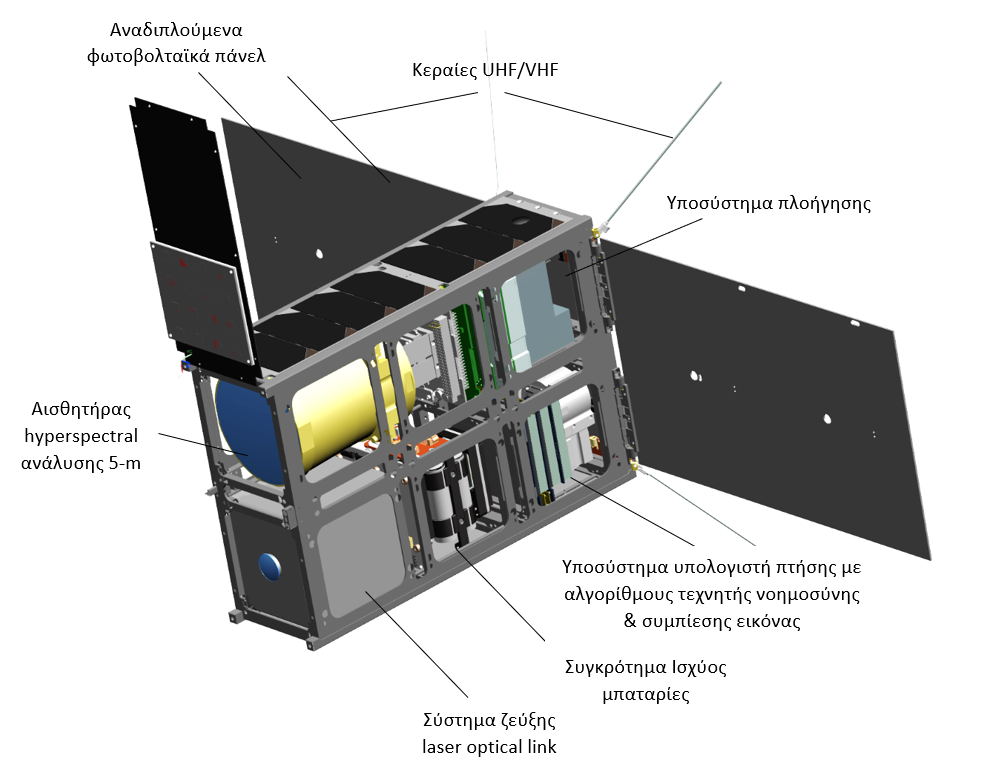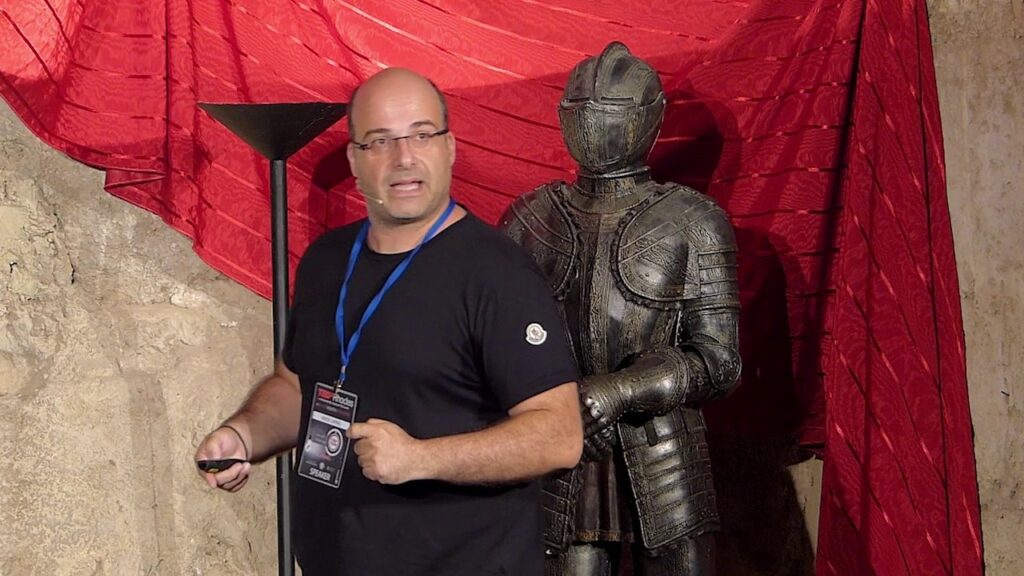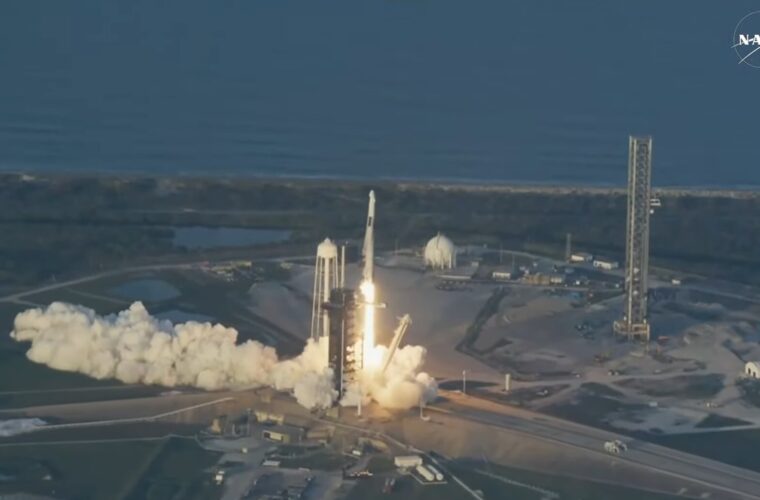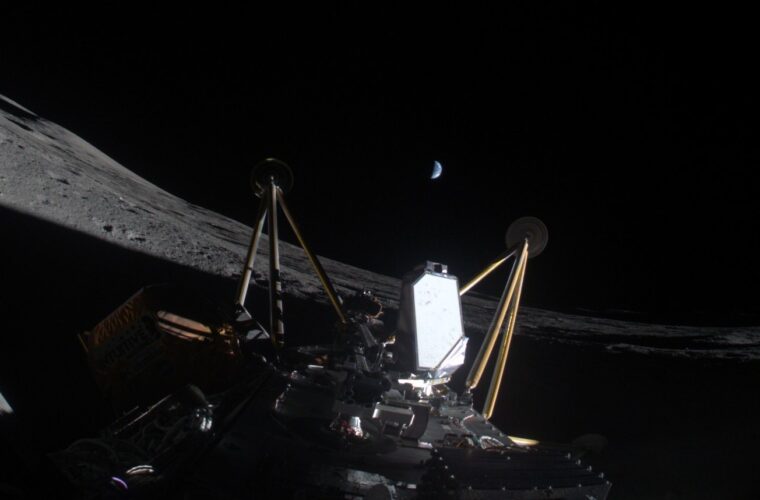In a groundbreaking initiative, the ERMIS project emerges as a trailblazing demonstration of essential space connectivity capabilities tied to Greece’s ambitious €200 million national small satellite project. Spearheaded by the National Kapodistrian University of Athens (NKUA), the consortium boasts leading entities in the space, small satellite, and IoT/communications sectors, including OQ Hellas, University of Patras, University of the Aegean, and the National Observatory of Athens.
As the inaugural Greek small satellite constellation, ERMIS is poised to revolutionize space communications with its array of features, including Low Earth Orbit 5G-IoT communication services, Inter-Satellite Link (ISL), and laser optical downlink. The mission also focuses on hyperspectral Earth observation applications tailored to national needs, such as precise agriculture. By showcasing small satellite technology capabilities, ERMIS aims to contribute significantly to Greece and Europe, introducing unprecedented space capacities, synergies, and infrastructure.
ERMIS Project
The ERMIS mission comprises a constellation of three advanced 6U Cubesats strategically designed to demonstrate pivotal communications/connectivity and Earth observation technologies and applications. Leveraging a blend of existing Greek space technology, the project incorporates cutting-edge elements like IoT/5G communications, ISL, CCSDS on-board data processing, FPGA accelerators for hyperspectral image compression, optical channel-coding, attitude control tracking algorithms, laser optical communications with a 1 Gbps downlink to the Helmos Optical Ground Station, hyperspectral imaging with a 5m Ground Sample Distance (GSD), and associated Earth observation applications. The ground segment of the project relies on national space infrastructure. The scheduled launch for the ERMIS constellation is set for the end of 2025.
This visionary endeavour aligns with broader initiatives the European Space Agency (ESA) led on behalf of the Greek Ministry of Digital Governance. It aims to foster the nascent space industry in Greece, facilitating the digital transformation of society, job creation, and economic prosperity. The €4.8 million ERMIS project is funded by the European Union through NextGenerationEU and the Greek Ministry of Digital Governance, with coordination by the Department of Aerospace Science and Technology at the National and Kapodistrian University of Athens (www.aerospace.uoa.gr). The project is a pivotal component of the nation’s EU-funded Recovery and Resilience Facility.

To better understand the ERMIS project, we discussed it with Dr Vaios Lappas, a Professor in the Department of Aerospace Science and Technology (NKUA).
Please provide us with information about the Department of Aerospace Science and Technology at the National and Kapodistrian University of Athens. This is a relatively new department. How was the decision made to create it, and what is its purpose?
The Department of Aerospace Science & Technology at the University of Athens was created in 2019 to fill a void in the training and education of aerospace science and technology. Its main purpose is to train and educate the next generation of Aerospace scientists at undergraduate, postgraduate, and researcher (PhD) levels and to create a centre of Excellence in Aerospace research in Greece and the EU. Our vision is to link the Aerospace Industry with Greek academia and create Greece’s first complete Aerospace education and research infrastructure. We have developed new teaching and research labs in multiple areas (Aerospace Electronics, Aerospace Systems, DroneLab, Space systems, Remote Sensing, Aerospace Materials/Structures, Aerospace Propulsion, Small satellite assembly, integration, and testing lab) and have recently graduated our first group of students whom all have been absorbed by Greek industry and research/education institutes.
What is the ERMIS Project, and what is your contribution and involvement in the program?
ERMIS is a pathfinder demonstration of key space connectivity capabilities linked to Greece’s 200M€ national small satellite project using a constellation of small satellites. Coordinated by the National Kapodistrian University of Athens (NKUA), the consortium includes leading space, small satellite, and IoT/communications entities OQ Hellas, the University of Patras, the University of the Aegean, and the National Observatory of Athens. As the first Greek small satellite constellation, ERMIS will bring novel space communications (Low Earth Orbit 5G-IoT communication services, Inter-Satellite Link (ISL) and laser optical downlink), hyperspectral earth observation applications focused on national needs (e.g. precise agriculture) and small satellite technology capabilities for Greece and Europe, and create new unprecedented space capacities, synergies, and infrastructure in Greece.
The ERMIS mission consists of a constellation of three advanced CubeSats. Tell us a bit about these satellites and the processes involved in their construction.
The ERMIS mission consists of a constellation of three (3) advanced, 6U cubesats (mass of 9 kg, dimensions of 10 x 20 x 30 cm) focused on demonstrating key communications/connectivity and earth observation technologies and applications, utilizing a mixture of existing Greek space technology such as communications (IoT/5G, ISL), CCSDS on-board data processing, state-of-the-art FPGA accelerators for hyperspectral image compression and optical channel-coding, attitude control tracking algorithms, laser optical communications demonstrating 1 Gbps downlink to the Helmos Optical Ground Station, hyperspectral imaging (5m GSD), associated EO applications and national space infrastructure for its ground segment. The launch of the ERMIS constellation is planned for the end of 2025.

In what aspects does Greece lag in space technology compared to other countries?
Greece has an array of impressive space upstream and downstream companies (mostly SMEs) and academia participating in multiple ESA and commercial space missions and activities. Until recently, it lacked a cohesive program and a space strategy formed through the Ministry of Digital Governance and the Hellenic Space Center. What has been a key development is the implementation of a set of pilot programs (the 200M€ National Smallsat Program funded by the EU Recovery and Resilience Facility – NextGenerationEU and the Greek Ministry of Digital Governance), focused on In Orbit Demonstration & Verification (IOV/IOD) which can allow academia and industry to test in orbit mature ideas, products, and concepts and thus push TRL and turn these technologies into products and operational services.
How did you manage to secure funding, and what are the biggest challenges you are called to face in the ERMIS project?
The initiative underpins efforts – led by ESA on behalf of the Greek Ministry of Digital Governance – to expand Greece’s nascent space industry, enabling society’s digital transformation while creating jobs and generating prosperity as part of the nation’s EU-funded Recovery and Resilience Facility. The ERMIS 4.8M€ project is funded by the European Union – NextGenerationEU and by the Greek Ministry of Digital Governance and is coordinated by the Department of Aerospace Science and Technology of the National and Kapodistrian University of Athens (www.aerospace.uoa.gr). Our project is progressing well; we recently passed our Design Review (DR), meaning that the European Space Agency authorities have approved our constellation design, and we can now initiate procurement of the subsystems and components to begin the assembly of the satellite in Greece. We have created a team of 32 Greek scientists and engineers, expanding and creating national capacities and capabilities that have never existed before.
What are the benefits for Greece from the ERMIS program? Do you plan to develop collaborations with other countries?
With ERMIS, Greece will acquire new space mission design, earth observation, and telecommunication capabilities with the in-orbit demonstration and validation of new space technologies and applications. Hyperspectral imaging (5m GSD) can be used for floods and forest fire/disaster management, which hit Greece hard in 2023. Earth observation and IoT products from ERMIS will also have applications for precision agriculture, urban planning, and security/defence applications. In addition, with ERMIS, Greece will get a unique space infrastructure such as a small satellite Assembly, Integration and Testing lab, and mission operations facility, which currently does not exist in Greece. More importantly, the project employs over 35 staff members composed of scientists and engineers focused on space system/satellite design, thus creating a nucleus of highly skilled workers, contributing to Greece’s efforts to expand in the Deeptech sector and avoid ‘Brain Drain’.
Compared to other CubeSats in existence, what sets apart the ones you are constructing?
The ERMIS constellation is unique in its capabilities and tackles the problem of revisit time of current small satellite constellations and the EU Copernicus constellation, i.e., when fully deployed from its current configuration of 3 satellites to 20 nanosatellites, the constellation will be able to provide disaster monitoring (e.g. 5-m panchromatic, hyperspectral) and IoT products every 2-4 hours for any point of interest in Greece and Europe. ERMIS will be able to contribute and connect to other EU small satellite constellations and Copernicus and compliment earth observation data by using its high revisit time capability and unique hyperspectral and IoT capabilities and directly contribute (by 2025) to Greece’s efforts to support disaster relief, precision agriculture, border security, forest fires, and floods while also contributing to the EU/UN climate change charters.



